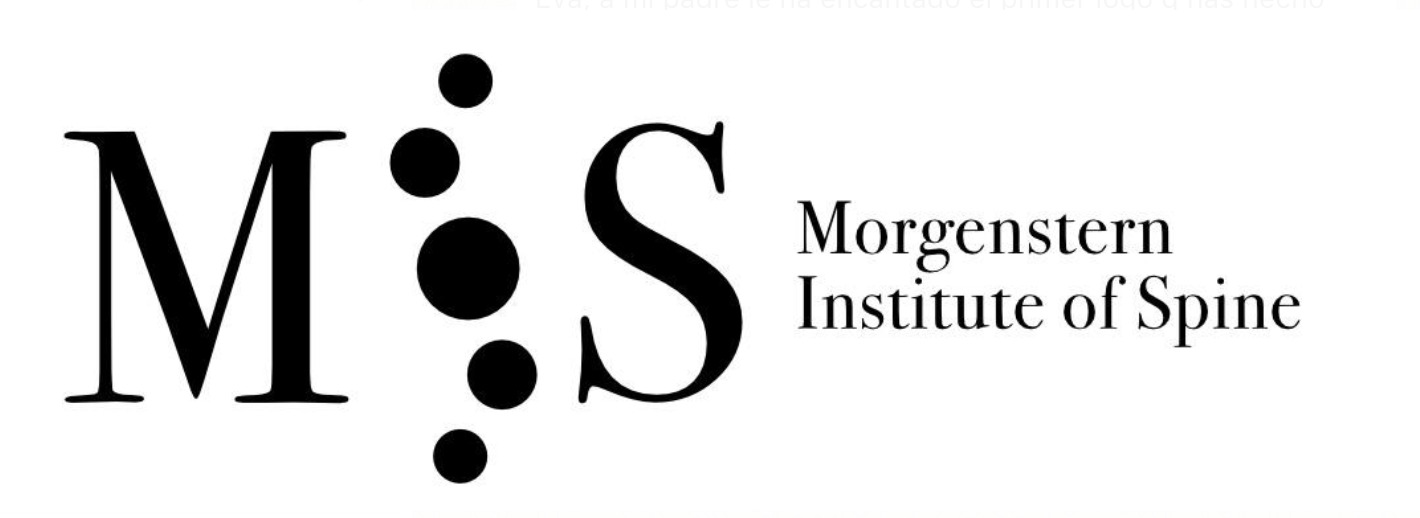Minimally invasive Oblique-Lateral Lumbar Interbody Fusion (OLIF) surgery
Indications for OLIF surgery
In cases of advanced degenerative disk disease, the lumbar spine can start to deform in the front / coronal plane. This age-dependent deformity of the spine is known as degenerative scoliosis.
Both an instability of the lumbar spine (a.k.a. spondylolisthesis) and degenerative scoliosis can lead to chronic low back pain and/or radiating pain into one or both legs.
Figure of a degenerative scoliosis. OPlease note the deviation and asymmetry of the lumbar verebrae and the black disk at L5/S1 (sign of instability).
These images depict the post-operative correction of the scoliosis after placement of two OLIF cages (marked by red arrows).
Degenerative scoliosis and instabilities of the lumbar spine are complex deformities with a deviation in the front / coronal and/or side / sagittal plane.
Advanced surgical techniques are required to correct these kind of deformities, like anterior interbody fusion (ALIF) and OLIF, as only these surgical techniques allow to place implants with a wide and deformity correcting surface.
Clinical Case anterior approach (ALIF) and oblique-lateral approach (OLIF)
Video showing a case of an anterior and oblique-lateral approach of a 53 years-old patient that was only able to walk with the help of a stick because of strong low back pain. The patient was able to start walking without pain 12 hours after surgery and hospital discharge in less than 48 hours after surgery.
Benefits of OLIF surgery
OLIF is an advanced spine surgery that allows to place implants with a big footprint into a lumbar disk, thus allowing to correct deformities such as degenerative scoliosis and/or lumbar spine instabilities.
Figures showing the case of a female patient with a degenerative scoliosis (image in the middle) and an instability on lumbar levels L2/L3 and L3/L4 (note the “step” between the vertebrae on the images at the left and right) that require OLIF surgery for correction.
OLIF is a minimally invasive spine surgery with a skin incision of only 4-5 cm on one side of the belly and a very fast post-operative patient recovery. The patient is walking just a few hours after surgery and hospital discharge in less than 24 hours.
The images show post-operative correction of the lumbar spine after OLIF surgery of the previouslky mentioned case. Note how the scoliosis has been corrected in the front plane (image on the left) and the instability has been corrected on the side (image on the right) with interbody cages with a big footprint. A few hours after surgery this patient was already walking by her own (see video below) and she was discharged from the hospital in less than 24 hours.
The benefits of OLIF surgery in comparison to other spine surgery techniques, like extreme lateral interbody fusion (XLIF) are that OLIF surgery preserves the psoas muscule as the surgical approach is anterior to the psoas (ATP) muscle. hence, OLIF surgery protects nerves and neurol structures like the femoral and genitofemoral nerve, as well as the lumbar plexus. OLIF surgery does NOT cause postoperative pain, nor dysesthesia, tinkling paresthesia and numbness in the leg, nor muscle weakness (problems which are frequently observed after XLIF surgery).






